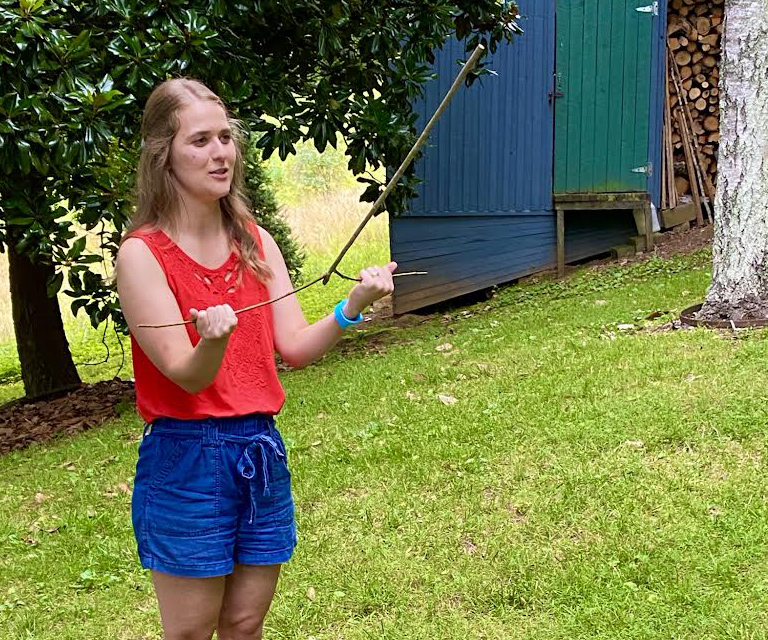Water witching is a mountain tradition
Published 11:53 am Thursday, October 12, 2023

- Water witching is an old mountain tradition still in use today. Photo by Steve Roark
|
Getting your Trinity Audio player ready...
|
By Steve Roark
Cumberland Gap National Historical Park
Water witching is a mountain tradition
I’ve heard of water witching all my life and heard many a story about people doing it successfully. I even played around with it some with interesting results that I’ll share later. It perked my curiosity enough to learn more about the topic.
Water witching, also referred to as dowsing or divining, is the art of locating a good underground source of water that is reasonably close to the surface to make digging a well easier and less expensive. It goes back even to the heyday of the Egyptians and Babylonians, thousands of years ago. And it has been practiced all over the planet by many cultures. Mountain people tend to hang on to old traditions, and so water witching is alive and well locally. You can still find a dowser to hire.
Most readers have likely heard of water witching, which involves using a forked stick which is held by both hands, knuckles up, with the remaining end held in an upward position, maybe 45 degrees. You then walk around an area until the end dips down on its own, indicating a water source. Some sources say you must be gifted to be able to dowse for water, others say anybody can do it if done properly.
Some dowsers claim to be able to tell how deep the water is by how strongly the stick bends downward.
There are several species of trees preferred to make dowsing sticks with, the most common one I’ve heard of being peach branches. Others include willow, dogwood, and witch-hazel. The latter actually got its name from the act of water dowsing. The “witch” of witch-hazel came from an old English word “wiche”, meaning bendable or pliable. Early English settlers thought our native witch-hazel resembled the hazel shrub, which was commonly used back in the old country for dowsing sticks, and the tradition continued in the U.S. through the witch-hazel tree.
Last Forth of July we had a family gathering and the topic of water witching came up, and a cousin wanted to put it to the test. So I went to the woods and cut a proper forked stick from a witch-hazel tree. I knew where a water line was but did not reveal its location so the test would be unbiased. She walked around stick in hand and the majority of the time the stick would point down near the water line. We ran the blind test again with her mom with the same results. We tried it a third time with a young’un that had no clue about water witching and kept her purposely in the dark about it while she used the dowsing stick. She thought we were looney tunes, and yet her stick lowered at the proper location most of the time. I finally tried it myself and did my best to hold back the stick with a tight grip, but it still bent near the right place.
I normally hang my hat on solid science to help me understand our world, and most of my writing is based on it. The science guys say water witching is in the same category as voodoo and not a valid thing. But, based on my personal experience, there seems to be something to it that is beyond explanation or the scientific method.
Steve Roark is a volunteer at Cumberland Gap National Historical Park.





